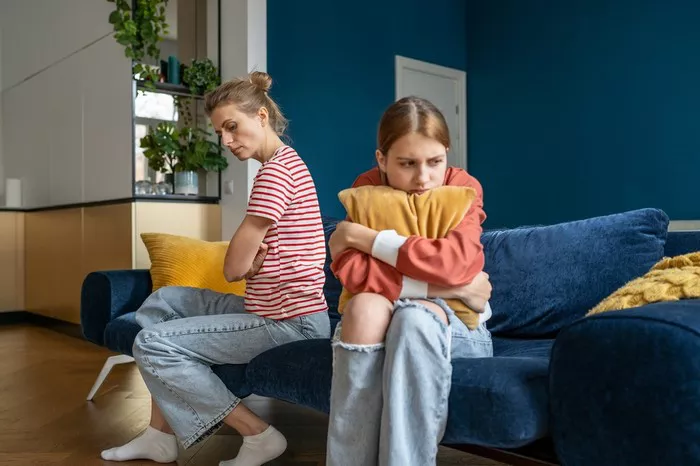Recent clinical trials have demonstrated significant promise in using psychedelic-assisted therapy to treat PTSD, particularly among veterans and survivors of severe trauma. A study published in Nature Mental Health revealed that MDMA (3,4-methylenedioxymethamphetamine), commonly known as ecstasy, when combined with psychotherapy, led to substantial reductions in PTSD symptoms in over 70% of participants after just three sessions.
The research, conducted across multiple sites in the U.S. and Europe, involved 150 participants with chronic PTSD who had not responded to traditional treatments such as cognitive behavioral therapy (CBT) or selective serotonin reuptake inhibitors (SSRIs). Participants received MDMA in a controlled setting alongside guided therapy sessions aimed at processing traumatic memories. Follow-up assessments at six months showed that many patients no longer met the diagnostic criteria for PTSD, suggesting long-term benefits.
Scientists believe that MDMA enhances the brain’s ability to reconsolidate traumatic memories by reducing fear responses while increasing emotional openness and trust. This allows patients to confront and reframe their trauma without being overwhelmed by distress. The U.S. Food and Drug Administration (FDA) is currently reviewing MDMA-assisted therapy for potential approval by 2024, which could revolutionize PTSD treatment protocols.
However, challenges remain, including concerns about misuse, the need for highly trained therapists, and the variability in individual responses. Critics argue that more extensive studies are required to assess long-term effects, particularly regarding potential neurotoxicity or psychological dependence. Despite these concerns, the findings represent a major leap forward in PTSD treatment, offering hope for those who have found little relief in conventional therapies.
You Might Be Interested In:
- The Hidden Costs of Workplace Anxiety on Employee Performance
- Dyslexia: What It Is, Causes, Symptoms, Treatment & Types
- Rising Rates of Anxiety Disorders Among Youth Linked to Social Media and Pandemic Aftermath

